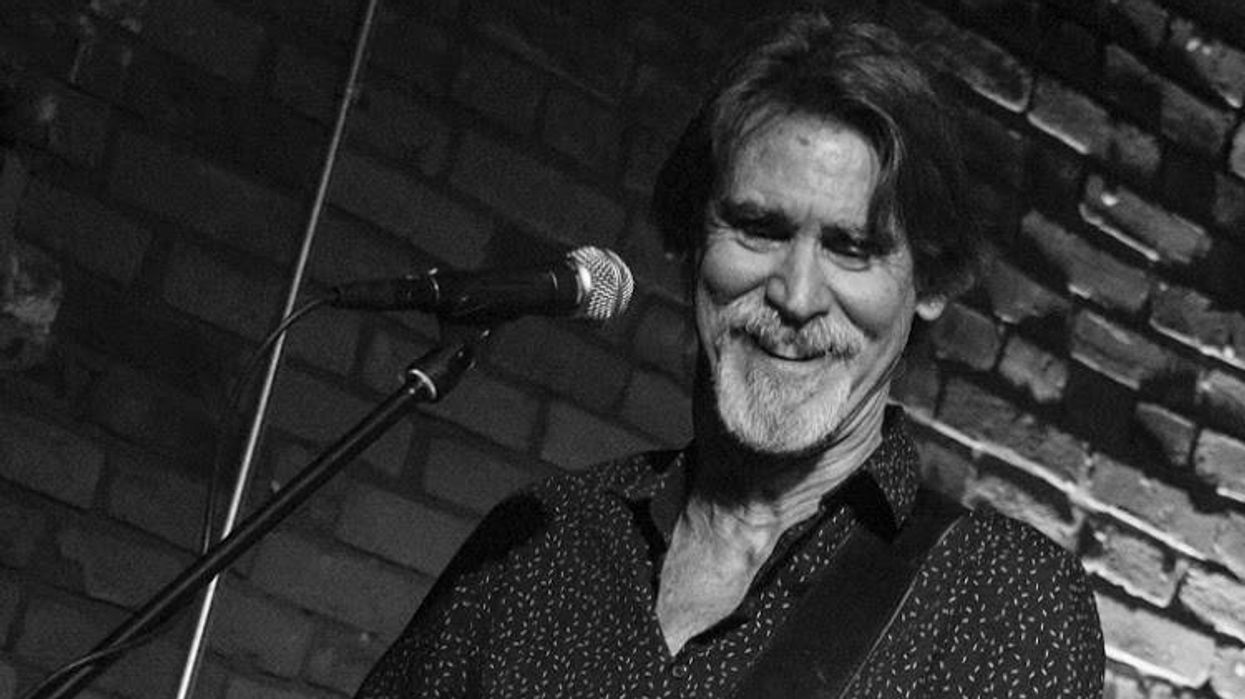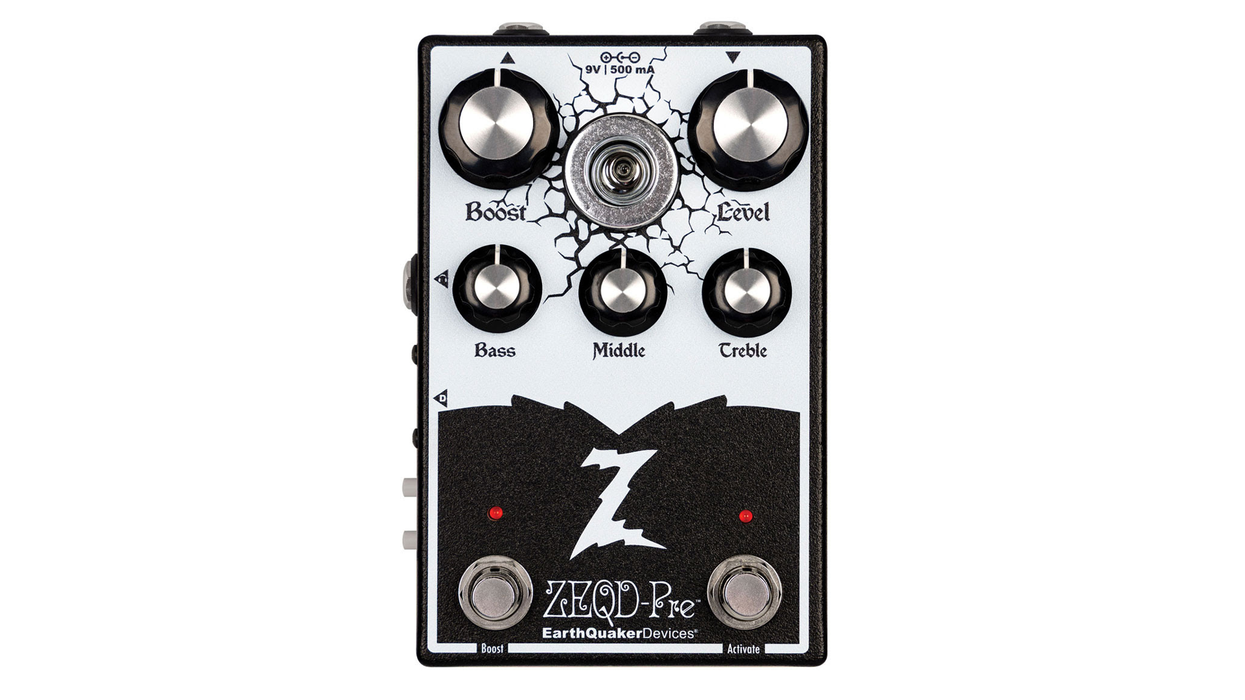| The sound engineers at OEM Inc. have spent thousands of hours with the original masters of the most famous songs ever recorded. They use them to create products like Jammit, an iPhone app that allows you to remix and play along with those original tracks. There are many, many things to learn from those original tracks. Through a partnership with Gearhead Communications, OEM Inc. engineers are sharing their discoveries exclusively with Premier Guitar readers in what we like to call Secrets of the Masters |
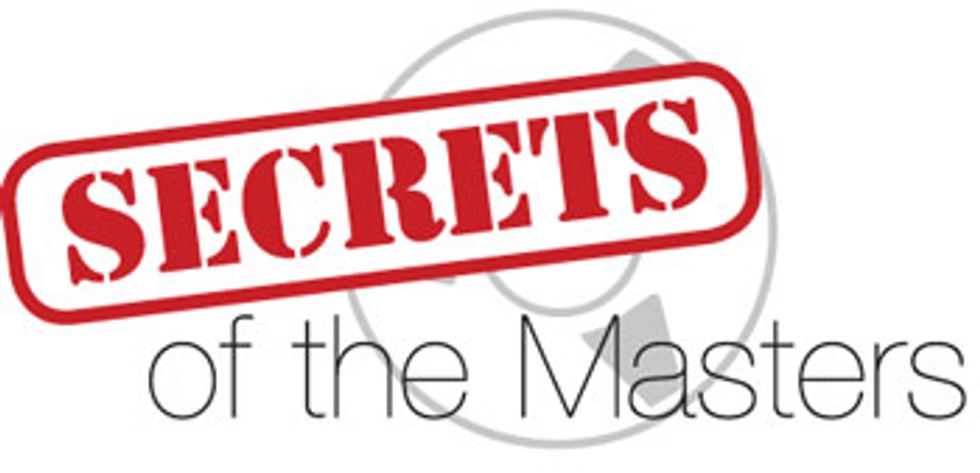 "I'm Eighteen" by Alice Cooper
"I'm Eighteen" by Alice CooperFrom the album, Love It To Death (1971 Warner Bros.)
Produced by: Bob Ezrin and Jack Richardson
Engineered by: Brian Christian
Recorded at: RCA Mid-American Recording Center (Chicago, IL)
Available in the JAMMIT “Classic Rock Vol.1” application
Alice Cooper has always been best known for his outrageous stage persona, and he practically invented the genre of shock-rock, but it’s the clever, yet hooky songs that have kept Alice in the forefront of the music industry for over 40 years. Love It To Death was the band’s third album and would signify the change to more hard rock and anthem-based songs, thanks in large part to their new producer, Bob Ezrin. Ezrin is well known for co-writing and arranging many of the songs that he produced, and his involvement on this record definitely shaped the way the world would eventually come to know Alice Cooper’s music. “I’m Eighteen” was the song that would bring Alice into the mainstream.
Having spent many days in a recording studio reminiscing about the sound and vibe of older, classic albums—which seems so hard to achieve in a world of modern equipment and recording techniques—my interest was definitely piqued when I got my hands on the original master multi-track for this timeless song. Unlike most recording sessions of the last 10 to 15 years, this track actually had documentation: a properly labeled tape box, a typed track sheet and a handwritten track sheet… a very nice surprise to start off with. The handwritten track sheet confirmed that the song had been tracked at RCA Mid- American Recording Center in Chicago, and although some of the other songs on the album had been recorded at 30 IPS, “I’m Eighteen” was marked as being tracked to the 16-track 2" tape at 15 IPS without any noise reduction. The track layout was marked as follows:
1. Bass Drum
2. Drums
3. Drums
4. O/A Drums
5. O/A Drums
6.
7. Guit.
8. Guit.
9. Bass
10. Acc. Guit.
11. Acc. Guit.
12. Vocal & Harp
13. Lead Guit
14. Harp & Organ
15. Tom Tom Back Beat
16. X
Track six wasn’t labeled as having anything on it, but when I played the tape back there was another guitar that was a double to the guitar found on track 8 but slightly more overdriven. I listened very carefully to the original mix, and it didn’t sound like the unlabeled guitar part had been used, but it was definitely cool to hear a slightly heavier guitar sound that may have thickened up the guitars in the mix if it had been used.
One of my favorite things about mixing songs for Jammit that were recorded in the seventies is being able to observe the many different practices of recording drums. Some engineers would have a kick, snare and stereo overhead setup; others a kick, snare and mono room. What I found interesting about “I’m Eighteen” is that it had a mono kick track, two stereo pairs of drum kit tracks (one being overheads and the other being an overall room/kit sound), but no snare track. The main drum sound in the mix was derived from the stereo pair on tracks 4 and 5, which had a great overall balance of kick, snare, toms and cymbals. Although I mixed in the kick drum track for a little more punch and the other stereo drum pair for ambience, the original mix could have very easily sounded great with only this single stereo pair of tracks. Drum recordings from this era aren’t nearly as full-spectrum as they are today, but when mixed in with the rest of the track, they sound big and full. The one anomaly that I didn’t notice in the original mix (until dissecting the multi) was that there was an overdub of a tom-tom on the backbeat (beats 2 and 4) of the intro and choruses. This had an effect of fattening up the snare drum that also played on beats 2 and 4, a unique idea that would be a precursor to triggering and layering samples in the upcoming decade.
 The guitar tracks in this song were equally
exciting to hear. Glenn Buxton and Michael
Bruce played similar parts throughout the
choruses, but with a nice interplay between
the two that created a bigger and wider
effect than if one player had doubled his
own part. The lead guitar solo sounded
amazing, with an ambient mic’ing technique
that made the sound pop out from the rest
of the mix. The lead guitar licks that accent
certain parts throughout the song shared
the single track with the solo part, but with
a much more dry and cutting sound. Again
with most songs I’ve come across, there is a
pleasant surprise hidden in the multi-tracks
that goes somewhat unnoticed on the album
mix. The guitar part in the verse of “I’m
Eighteen” is two acoustic guitars, one being
fed through a rotating Leslie cabinet, which
gives it a completely unique sound—half
acoustic, half electric. The acoustic guitars
were panned hard left and hard right, which
created a lush landscape for the simple
arpeggiated pattern. This is definitely one
of those parts I wish was turned up louder in
the final mix.
The guitar tracks in this song were equally
exciting to hear. Glenn Buxton and Michael
Bruce played similar parts throughout the
choruses, but with a nice interplay between
the two that created a bigger and wider
effect than if one player had doubled his
own part. The lead guitar solo sounded
amazing, with an ambient mic’ing technique
that made the sound pop out from the rest
of the mix. The lead guitar licks that accent
certain parts throughout the song shared
the single track with the solo part, but with
a much more dry and cutting sound. Again
with most songs I’ve come across, there is a
pleasant surprise hidden in the multi-tracks
that goes somewhat unnoticed on the album
mix. The guitar part in the verse of “I’m
Eighteen” is two acoustic guitars, one being
fed through a rotating Leslie cabinet, which
gives it a completely unique sound—half
acoustic, half electric. The acoustic guitars
were panned hard left and hard right, which
created a lush landscape for the simple
arpeggiated pattern. This is definitely one
of those parts I wish was turned up louder in
the final mix.The bass in this song (as well as many other Bob Ezrin arrangements) is used almost as a counter melody instead of a simple root to the guitar tracks. It is so effective in creating movement, much like in an orchestra or piano part. The actual sound is pretty clean and dry, which initially led me to believe the bass was plugged into a DI, but in certain sections of the song you can hear slight leakage, so it was most likely a good-sounding, well-recorded amp. The lack of leakage in certain parts of the song indicates that some of the bass was overdubbed, while other parts (like the outro and ending accents) were played live off the floor.
Alice’s vocal in this song is one single voice throughout the entire track: no doubles, no harmonies, etc. The vocal was tracked dry (unlike some other Cooper songs that we’ve used in Jammit that have been printed with reverb and/or delay), but had some reverb added in the mix to create a little more size and depth. Another thing I love about recordings from this era is the simplicity and raw emotion the shines through each and every line of lyrics, unlike some of the overproduced vocals of today. While listening to the vocal track on its own, I heard and felt every little squeak, snarl and crack that came out of Alice’s convincing performance.
With the exception of a harmonica overdub in the intro, doubling the lead guitar, and a single chord of an organ on the very last hit of the song, the production value in this song is really the arrangement and melody, more so than the actual recording. It becomes quickly obvious that the most time spent on “I’m Eighteen” was the crafting of the song and getting great (but not necessarily perfect) live performances. The sonic significance of the recording doesn’t seem to have nearly as much of an impact when all the pieces work together cohesively and you’ve got great musicians playing a great song. Everything from the main opening riff to the simple yet effective verse guitar part has made this song a personal favorite from Alice Cooper’s vast and impressive catalogue—and one that still holds up as if it were 1971 all over again.
To see/hear how you can play along to (with tab) and make new mixes of “I'm Eighteen” and other songs from the original multi-track masters, check out www.jammit.com
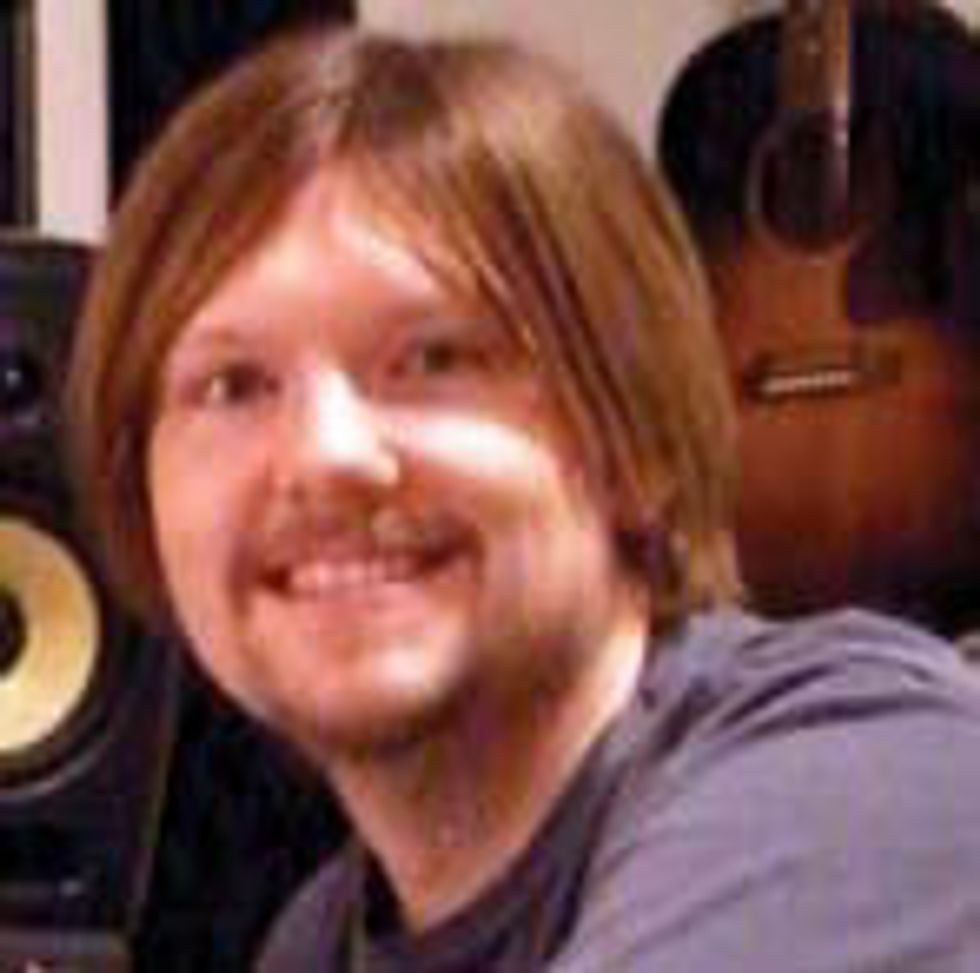 Chris Baseford is a Canadian-born
recording engineer/
mixer/producer who has
worked with some of the
top names in the rock music
world. Having spent many
years mixing on large format analog consoles, Chris
has made the transition to mixing “in-the-box” and
continues to push the boundaries of what is possible
in the all-digital domain of music production.
Chris Baseford is a Canadian-born
recording engineer/
mixer/producer who has
worked with some of the
top names in the rock music
world. Having spent many
years mixing on large format analog consoles, Chris
has made the transition to mixing “in-the-box” and
continues to push the boundaries of what is possible
in the all-digital domain of music production.






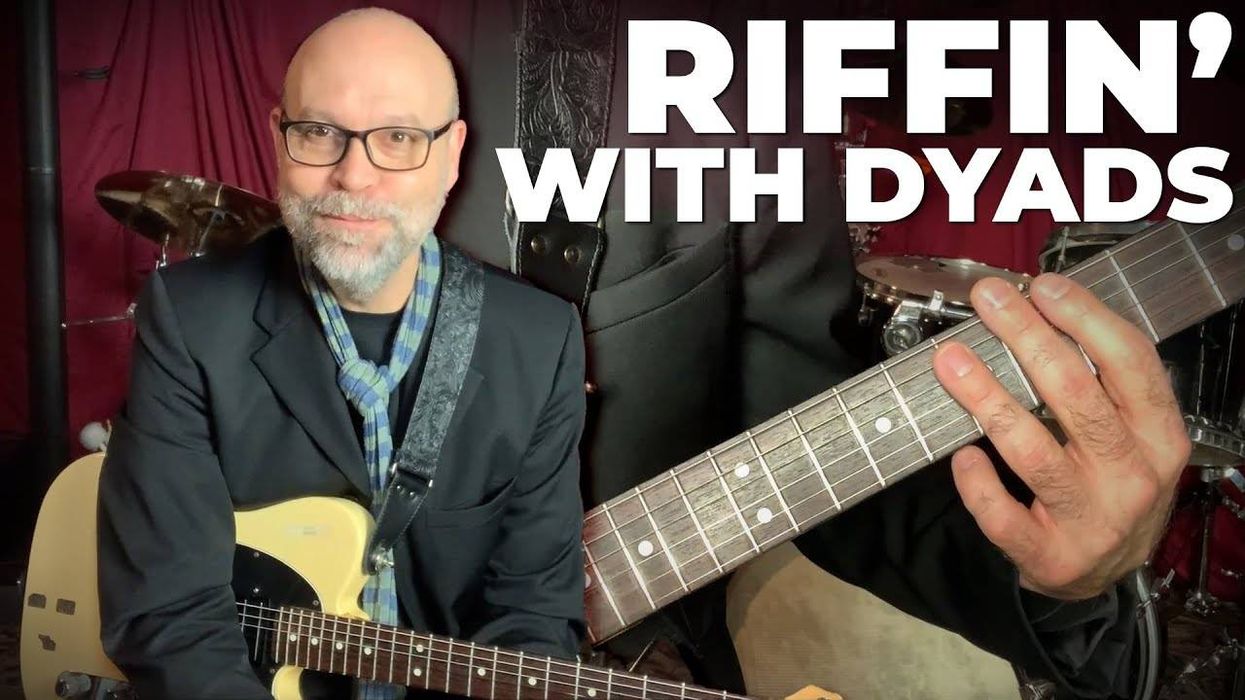
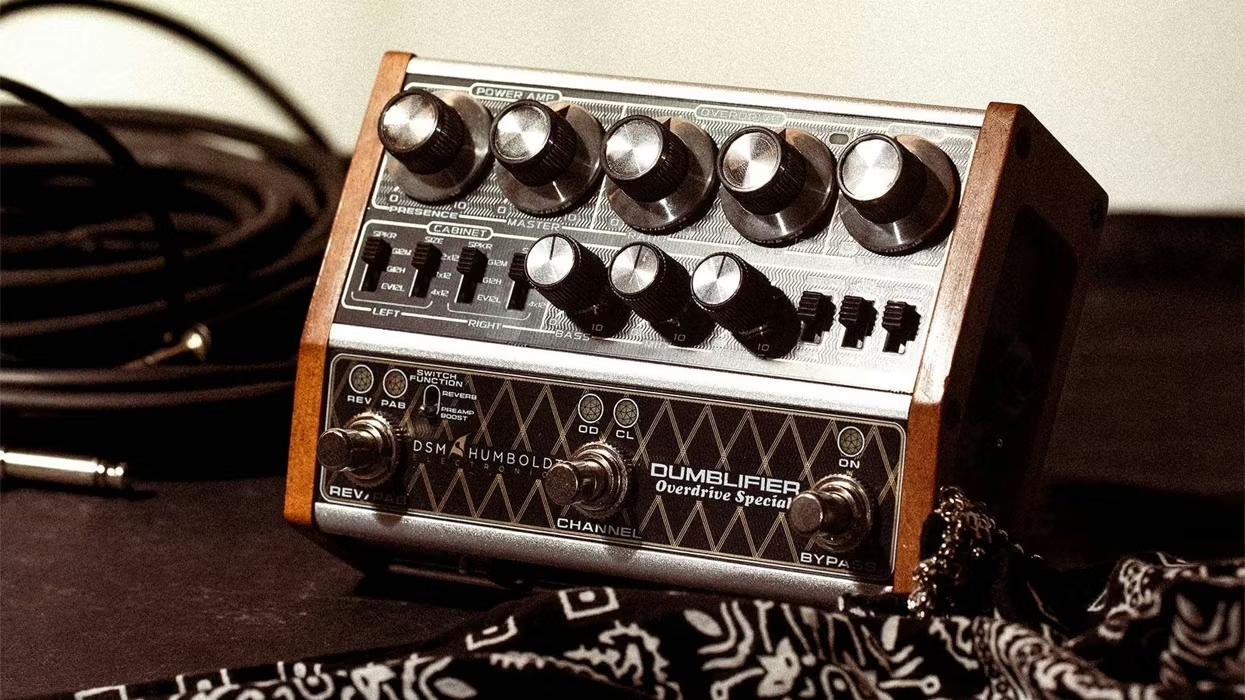


![Rig Rundown: John 5 [2026]](https://www.premierguitar.com/media-library/youtube.jpg?id=62681883&width=1245&height=700&quality=70&coordinates=0%2C45%2C0%2C45)
